Dogs might seem happy in your home, but have you ever left the door open, and suddenly, your furry friend is missing? So why do dogs run away? The answer is not always simple. It could be a squirrel zipping by, a gate left open, or just their natural instincts pulling them toward new sights and smells.
Every year, many dogs run away and end up far from home. Some dig under fences. Others slip their leash or bolt during a walk. This happens more often than most people think.
Want to know how to stop it? Keep reading to learn what really causes dogs to escape and how you can stop it before it starts.
Understanding Escape Behavior in Dogs

Some pups just can't resist the thrill of sneaking out. Dogs run for all sorts of reasons, but it usually ties back to curiosity or fear. Loud noises, separation anxiety, or even spotting other dogs can trigger a dash for freedom.
If your dog escapes, it might not mean trouble at home. It could just be a natural reaction to their immediate surroundings.
Is It Instinct or a Sign of Unmet Needs?
Dogs don't just take off for fun. For some, natural instincts kick in when they see a rabbit dash across the yard. Prey-driven dogs like Terriers or Hounds often chase without thinking. It's not misbehavior—it's wired into them. But instincts aren't the only thing that can be at play.
A dog who feels lonely, lacks mental stimulation, or misses its daily walk might try escaping just to find something to do. Puppies and young dogs with high energy especially need attention. If they're stuck inside for too long or left alone all day, they get restless. That energy needs somewhere to go.
Adding puzzle toys, structured obedience training, and more time with you can help meet those needs before your pup finds their own "adventure."
Can Breed Traits Play a Role?
Absolutely. Some breeds have a natural talent for escaping, like little four-legged magicians. Border Collies and German Shepherds were made to work. They're smart, problem solvers, and always looking for a task. If you don't give them a job, they'll create one, like digging under the fence or hopping over it.
Certain breeds have higher mental and physical needs. That means more training, more play, and more variety. If you live with a natural escape artist, you'll need:
-
A firm training plan with recall practice
-
Enrichment activities like agility or scent games
-
Secure fencing with no gaps or loose spots
When you understand your dog's breed traits, you can adjust their routine to fit them better. A well-worked brain and body make for a much calmer pup.
Common Reasons Dogs Run Away

Some dogs slip out a door. Others scale a fence like it's a playground. The truth is dogs run for many reasons. It could be boredom, fear, or natural instinct.
Each cause tells a different story, and knowing them can help you spot the signs early. Let's look at what might be pushing your pup to take off.
Boredom or Lack of Mental Stimulation
When dogs run, it might be their way of saying they need more to do. Puzzle toys, chew toys, and playtime can help prevent boredom. Young dogs with a lot of energy crave fun challenges and new tasks. A training plan that includes games or simple tricks keeps their brain busy. Skipping that step might just turn your pup into an escape artist.
Fear of Loud Noises (Like Fireworks or Thunder)
Fireworks, thunder, or even a dropped pan can send a dog running. Sudden loud noises spark panic, especially in pups with a strong prey drive or skittish behavior. If a screen door or yard gate is open, fear takes over. Some dogs bolt in the opposite direction without knowing where they are going. Keeping your dog safe during storms starts with a calm space and secure setup.
Separation Anxiety or Fear of Being Alone
Dogs with separation anxiety feel deep worry when left alone. If your dog cries, chews, or escapes when you leave, it may be more than just a bad habit. This fear of being alone pushes many dogs to run in search of their people. Using baby gates, providing mental stimulation, and sticking to a routine can ease those feelings and prevent escapes.
Mating Instincts in Unneutered or Unspayed Dogs
A male dog who smells a female dog in heat will follow his mating instinct without a second thought. This is common in an unneutered male or a female dog who has not been spayed. These dogs feel a strong pull to find other dogs nearby. Proper planning and dog training can help you manage this instinct before it becomes a runaway problem.
Curiosity and Territorial Urges
Some pups are curious creatures. Others want to protect what's theirs. Certain breeds with strong natural instincts feel the need to chase, guard, or patrol. New smells or the sight of a squirrel in the yard can spark a sprint. These dogs may not mean to escape, but their urge to explore or defend their turf takes over fast.
Easy Exit Opportunities
If your dog escapes, check your home setup. A loose fence, a soft cement foundation, or flimsy security bars can give your dog an easy path out. Invisible fences sometimes fail, and screen doors may not hold back a determined pup. Block gaps, check gates, and scan your immediate surroundings. Keeping a pup in starts with closing those escape routes.
Signs Your Dog Might Try to Escape

Before your dog escapes, they often give clear signals. Some start pacing, whining, or scratching at doors like they're working on a secret plan. Watching these behaviors helps you act fast and keep your dog safe and secure in their space.
Scratching at Doors or Fences
If your dog scratches at the back door or digs at the fence, they may be thinking about an exit. These signs show a mix of curiosity, prey drive, or simple boredom. Check your immediate surroundings and patch up weak spots. Adding fun things like chew toys or daily walks can shift their focus and help prevent escapes before they start.
Dogs who do this often may be reacting to outside triggers like other dogs, squirrels, or unfamiliar sounds. In some cases, they've already learned that scratching leads to adventure, so the habit becomes hard to break without redirecting their attention.
Pacing or Excessive Whining When Alone
Pacing and whining during your absence can be your dog's way of showing it's upset or struggling with solitude. That constant movement or sad sound is not just for show. It can lead to attempts to escape, especially if the dog feels unsafe or lonely. Giving them puzzle toys, calming routines, and proper dog training helps ease this stress and keep your pup safe.
You might also notice drooling, chewing furniture, or digging at exits when they're left home alone. These behaviors show emotional distress and can be helped with structure, patience, and tools like calming aids or background noise.
Simple Tricks to Stop Your Dog from Sneaking Out

Keeping your dog from running off starts with small changes that make a big difference. Dogs feel more secure when their world is fun, safe, and full of activity. The next few sections will show you how to reduce escape risks and build habits that help keep your dog safe every day.
Provide Enrichment and Daily Exercise
Dogs need more than belly rubs and kibble. High-energy breeds, in particular, thrive on routine and variety. Boredom is one of the most common reasons dogs bolt. Keep their minds and bodies busy with:
-
Puzzle Toys. These encourage problem-solving and keep curious minds engaged.
-
Walks and Outdoor Play. A regular walk through new sights keeps things exciting.
-
Obedience Training. Practicing commands builds focus and confidence.
-
Chew Toys. These satisfy the need to gnaw and help ease energy levels.
A mix of physical and mental activities gives your pet a healthy outlet and helps prevent unwanted escapes.
Use GPS Collars and Secure Fencing
If your dog escapes, tech can help bring them home fast. GPS collars let you track your lost dog in real time. Pair that with secure fencing—think chainlink or wooden fences taller than your dog can jump, sealed off holes and gaps, and possibly cement foundations for the digging escapists.
Don't forget to check for weak spots, especially near screen doors, gates, or broken latches. Invisible fences work for some dogs, but not all. Always double up with ID and baby gates inside.
Try Natural Calming Aids Like CBD
When your dog feels calm and secure, they're less likely to run. CBD, or cannabidiol, comes from hemp plants and may support alternate behavior by helping dogs relax. HolistaPet's CBD blends are made with broad spectrum CBD oil, so there's no THC.
- CBD Calming Chews for Dogs. These soft chews combine CBD with L-tryptophan and chamomile to help soothe overactive nerves. Ideal for dogs with loud noise fears or those who get antsy when left alone, the treats may support calm behavior and comfort. Their peanut butter and sweet potato flavor also makes them a tasty reward.
- CBD Wellness Dog Treats. These treats support a calm demeanor and promote everyday wellness. Packed with natural ingredients like flax seed, hemp seed powder, and CBD, they give your dog a boost without artificial fillers. The real blueberries and sweet potatoes add flavor and nutrition that your dog will love.
Final Thoughts – Why Dogs Run Away and How To Prevent It
So, why do dogs run away? It's often a mix of instincts, emotions, and missed needs. From a sudden loud noise to a strong prey drive, dogs follow urges that can lead them far from home. But you've got plenty of tools to help. Give your pup daily play, solid training, and a safe space. Look for patterns in their behavior, and respond with patience and care.
Need a little help calming things down? HolistaPet offers soothing CBD treats and wellness goodies for dogs and cats. They're packed with natural ingredients that support balance and relaxation. A calm pet is a safer pet. Keeping your best friend happy starts with care that works inside and out.
Worried About Your Dog Running Away? Get Trusted Dog Care Advice






![Probiotics For Dogs [Soft Chews] - HolistaPet](http://www.holistapet.com/cdn/shop/files/Probiotic-Infographic-1_472d7a29-e30c-435a-9638-1365d8c3a9f9.jpg?v=1725384841&width=104)
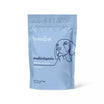

















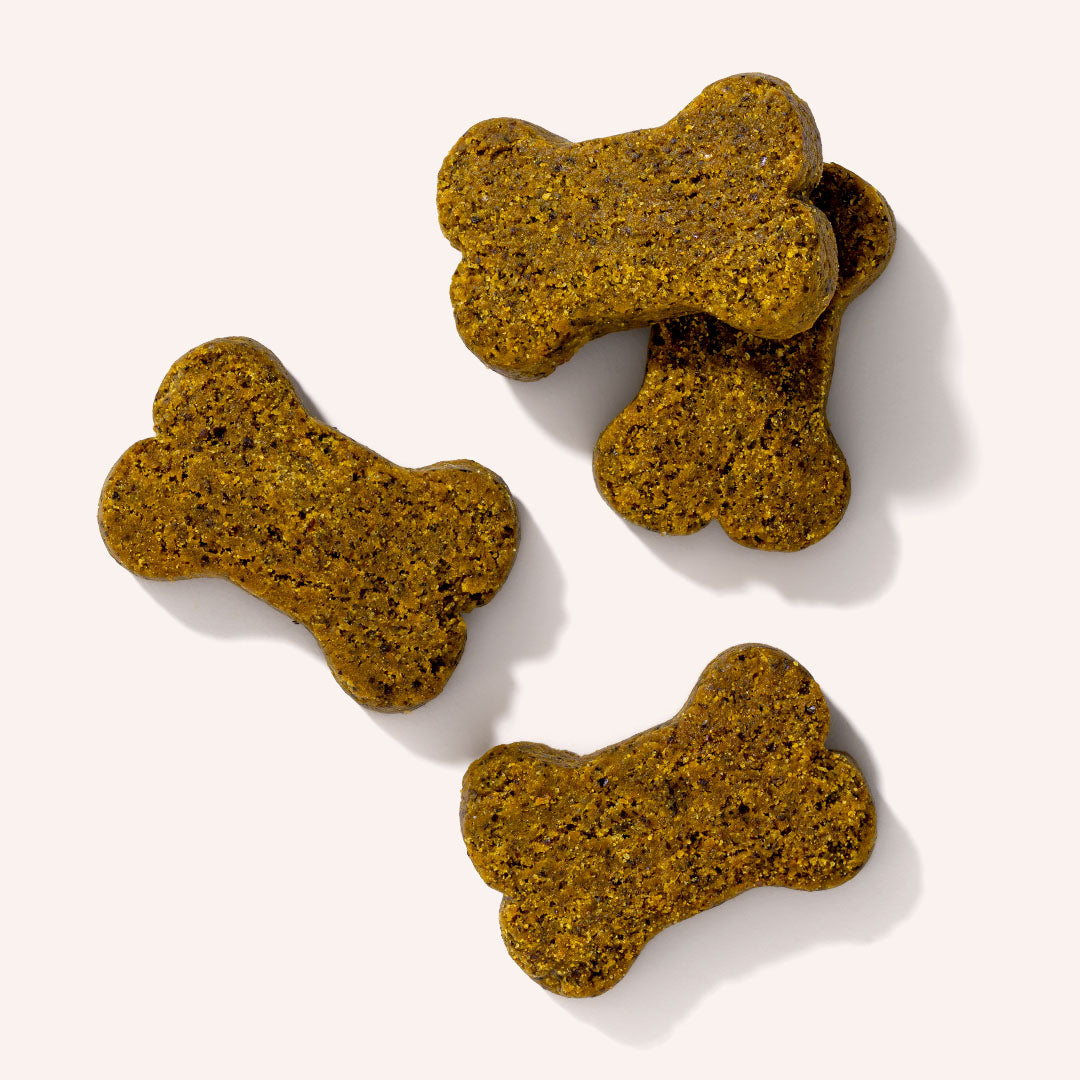

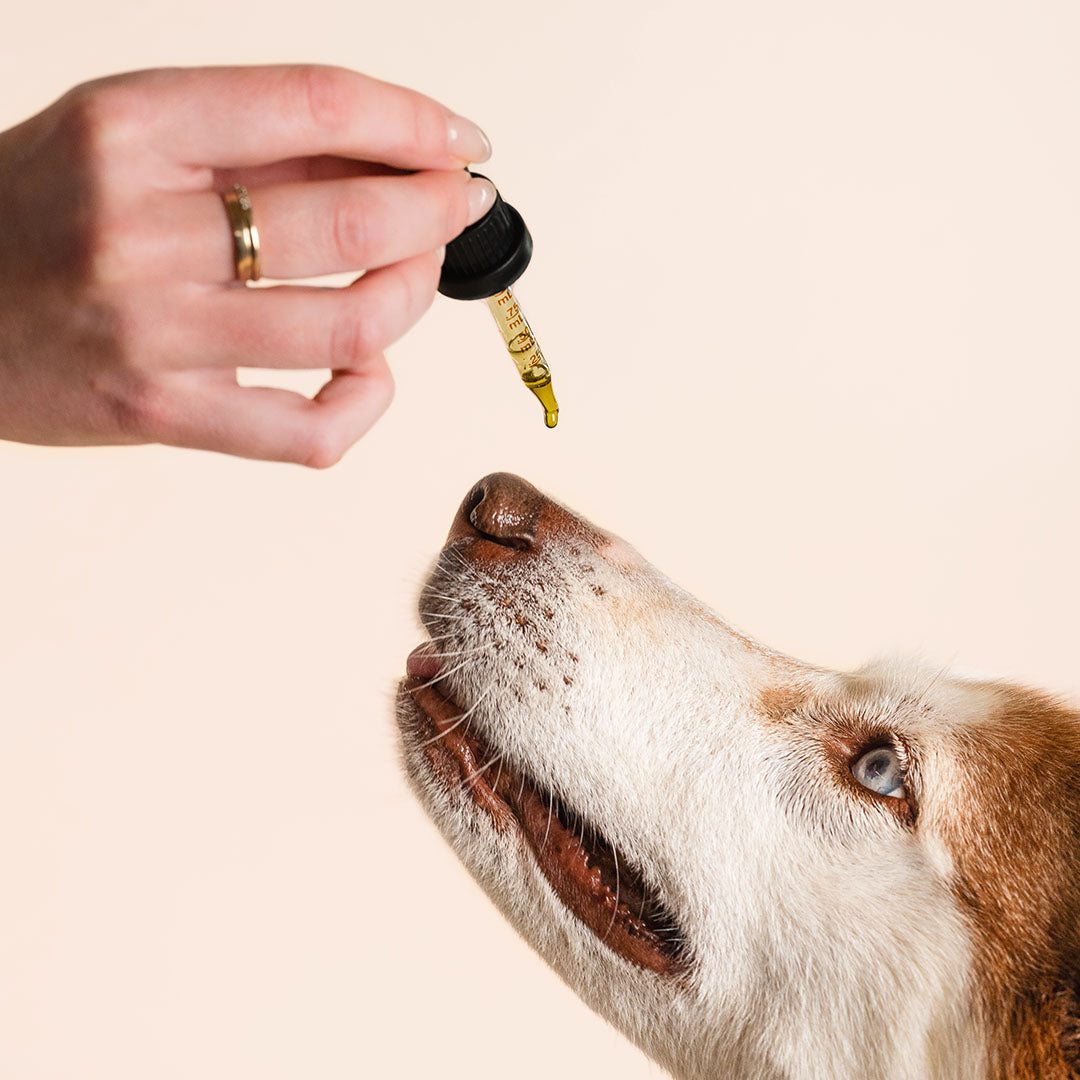



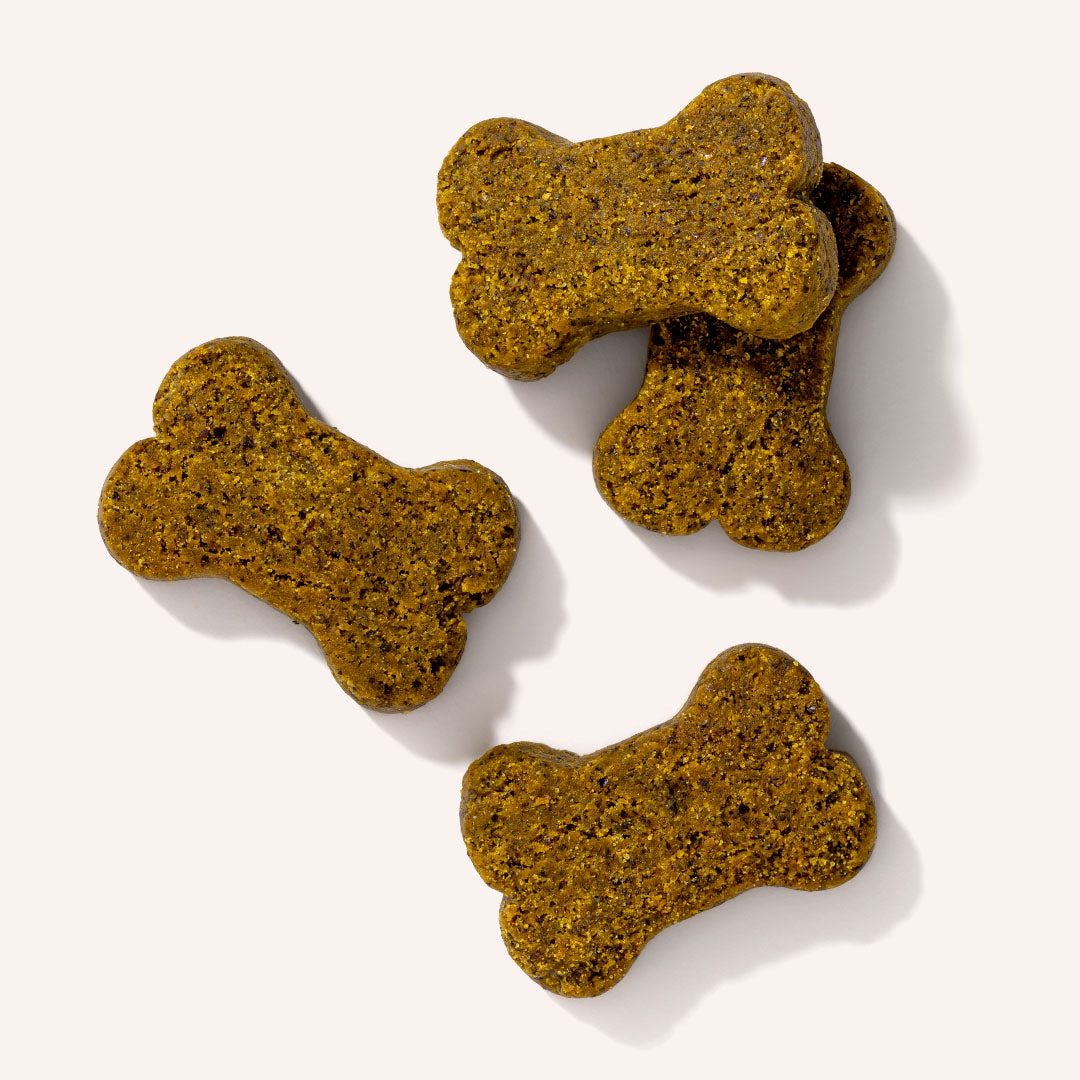

Leave a comment
All comments are moderated before being published.
This site is protected by hCaptcha and the hCaptcha Privacy Policy and Terms of Service apply.